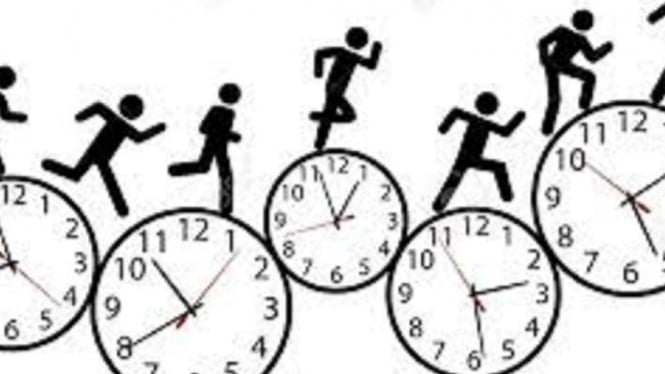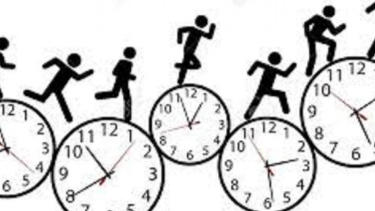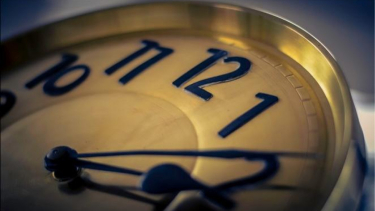- vstory
VIVA – Some people may wonder why an hour is equal to 60 minutes and one minute is equal to 60 seconds. As it turns out, this division of time has been used for 400 years.
For thousands of years, ancient civilizations looked to the sky to measure large units of time. There is the year, which is the time it takes for the earth to complete one orbit around the sun and moon, reported from a live science site.
However, the fact is that dividing the day is not that easy. Although hours and minutes come from traditions dating back thousands of years.
The use of the number 60 started with the Sumerians who used a different number system. While we write numbers using base 10 or decimal, this civilization wrote base 12 (duodecimal) and base 60 (sexigesimal).
Ilustrasi jam.
- U-Report
Several theories point to the beginning of the number 60. Ancient cultures used segments of each finger to count to 12 on one hand. Hypothetically, 60 arose from using five fingers of one hand with 12 segments of the other hand.
Then, some claim that 12 was an important number for the Sumerians and Egyptians. This is because of the number of lunar cycles in a year and the number of zodiac constellations. Day and night were each divided into 12 periods and 24 hours were born.
In addition, there are stories of Alexander the Great's conquests between 335 and 324 BCE. He helped spread Babylonian astronomy to Greece and India.
Although the Greeks had their numbers at base 10, the Babylonian star catalog created such a strong connection between astronomy and the sexigesimal system that Greek and Roman's scholars continued to use. This association soon flowed into navigation and trigonometry.
Following the Eratosthenes of Cyrene's discovery that the earth was round, in the first century BC, Hipparchus of Nicaea adapted degrees to measure longitude and latitude.
Moreover, two centuries later in the Roman Empire, Ptolemy of Alexandria divided the degree coordinate into 60 (minutes) and 60 (seconds). This conversion of degrees, minutes, and seconds is still used today to plot locations on earth as well as star positions.
Mechanical clocks first appeared in Europe in the late 14th century, following the design of sundials and water clocks. Astronomers of the 16th century began to realize minutes and seconds by creating better clocks with a minute and second hands to improve celestial measurements.





















